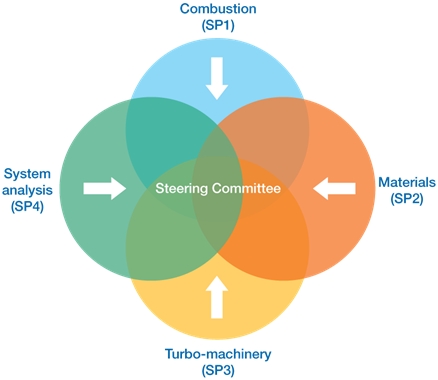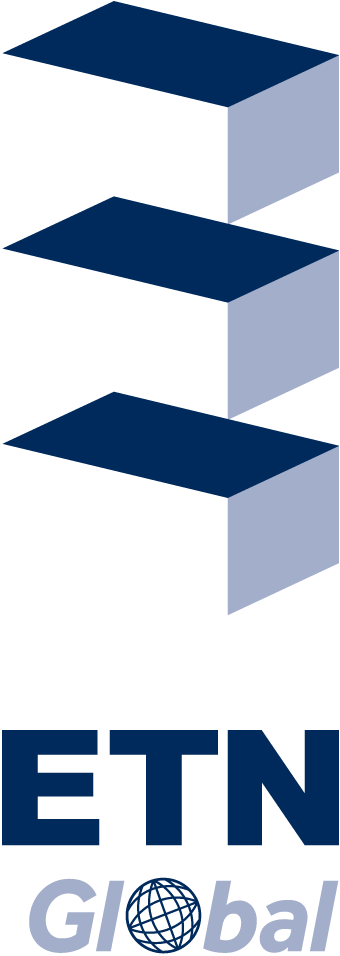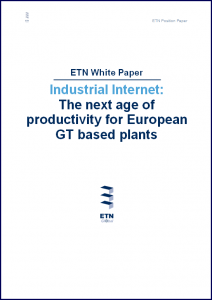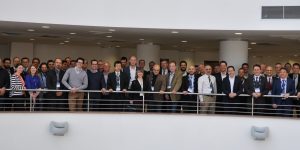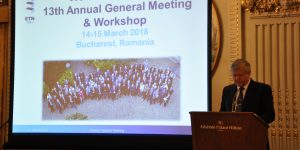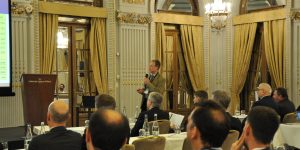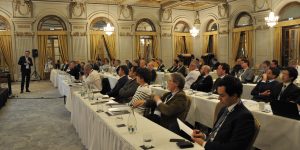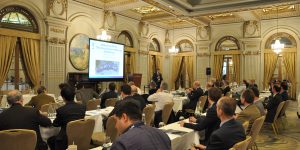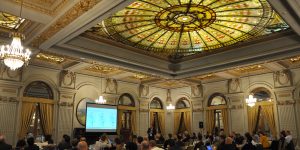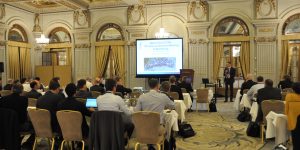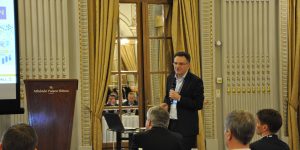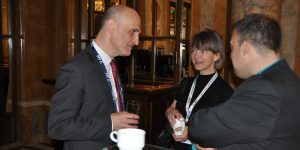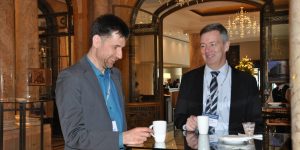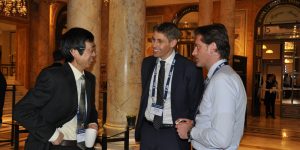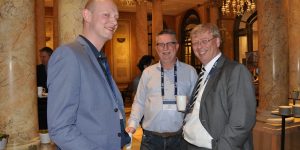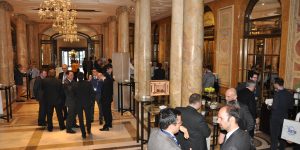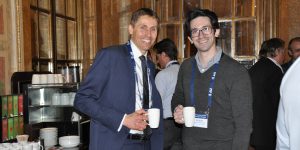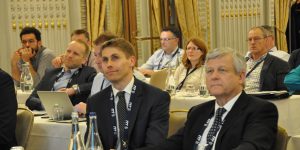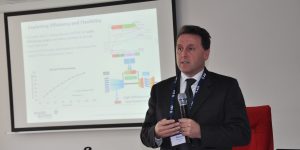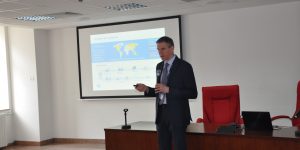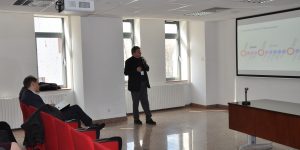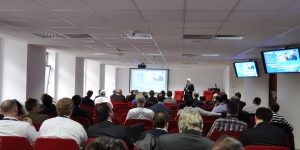OBJECTIVE
The overall objective of the H2-IGCC project is to provide and demonstrate technical solutions which will allow the use of state-of-the-art highly efficient, reliable gas turbines (GTs) in the next generation of Integrated Gasification Combined Cycle (IGCC) plants. The goal is to enable combustion of undiluted hydrogen-rich syngas with low NOx emissions and also allowing for high fuel flexibility. The challenge is to operate a stable and controllable GT on hydrogen-rich syngas with emissions and processes similar to current state-of-the-art natural GT engines. The H2-IGCC project aims to tackle this challenge as well as fuel flexibility, by enabling the burning of back-up fuels, such as natural gas, without adversely affecting the reliability and availability.
VISION
TO PAVE THE WAY FOR COMMERCIAL DEPLOYMENT OF EFFICIENT, CLEAN, FLEXIBLE AND RELIABLE IGCC PLANTS WITH CCS BY 2020
In March 2007 the European Council concluded that the 20% CO2 reduction targets by 2020 are not achievable without carbon capture and storage (CCS), the only technology available to mitigate emissions from large-scale fossil fuel usage. CCS is also endorsed by the European Commission’s Strategic Energy Technology Plan (SET-Plan) as a vital technology to reach the emission reduction goals and to build a low carbon economy with reduced dependence on external fuel supply.
The target year of 2020 for CCS deployment is only achievable if different parts of the efficiency chain are improved in building near zero emission power plants. The technology for the next generation of IGCC plants with CCS is promising but still requires development and demonstration of hydrogen GT technology as well as overall process integration. This process integration approach used in the H2-IGCC project will enhance confidence and significantly reduce deployment times for new technologies and concepts developed in this project.
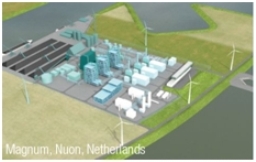 Over the past decade, a number of initiatives on clean coal technology and IGCC have started around the world. Successful mitigation of climate change requires global efforts. Therefore, international knowledge sharing is essential to significantly reduce the time and the cost of bringing CCS to the market. Research findings and results of the H2-IGCC project will be publicly disseminated at international conferences and on this website.
Over the past decade, a number of initiatives on clean coal technology and IGCC have started around the world. Successful mitigation of climate change requires global efforts. Therefore, international knowledge sharing is essential to significantly reduce the time and the cost of bringing CCS to the market. Research findings and results of the H2-IGCC project will be publicly disseminated at international conferences and on this website.
The H2-IGCC project brings together 24 partners from industry and academia with the common goal to increase gas turbine efficiency and fuel flexibility without affecting the reliability and availability in a pre-combustion IGCC-CCS plant configuration. A successful outcome of this project will be an important step towards opening up the market for a commercial implementation of IGCC-CCS technology.
In order for industry to invest in the next generation of IGCC plants with CO2 capture systems, both technical and commercial risks need to be quantified and minimized, specifically those associated with the gas turbine. Enabling combustion of undiluted syngas derived from coal in advanced gas turbines will enhance the conversion efficiency, which in turn will partly compensate the efficiency loss occurred during the CCS process.

































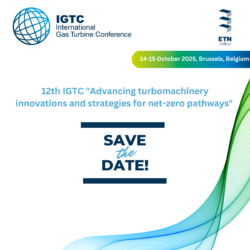
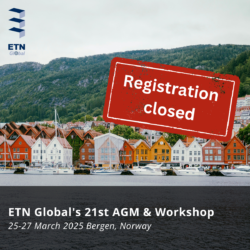
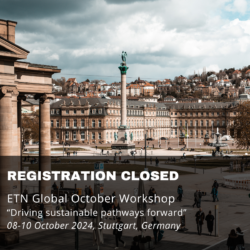
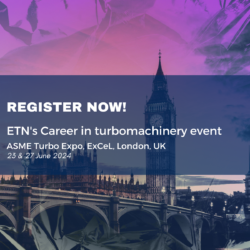

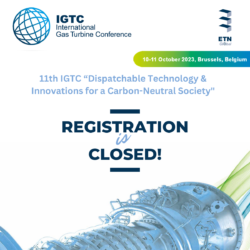
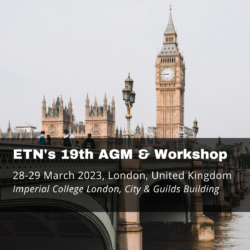

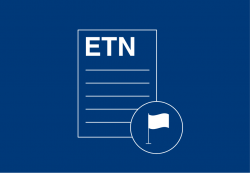

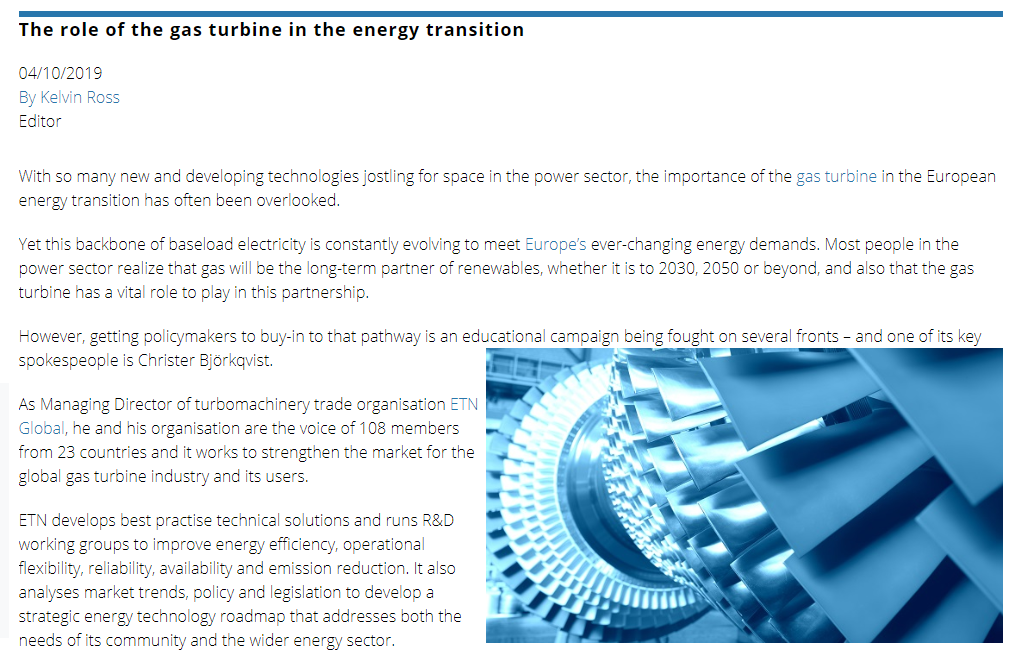

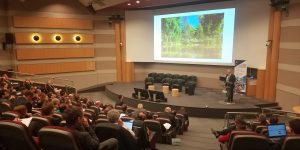
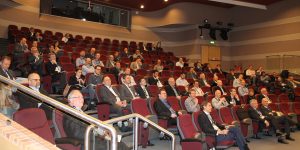
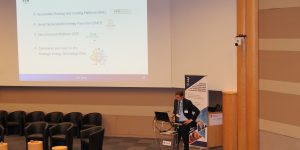

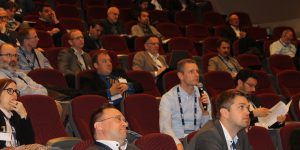
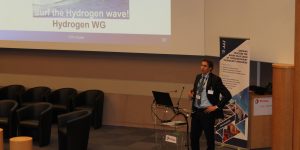
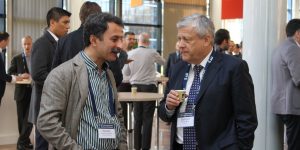
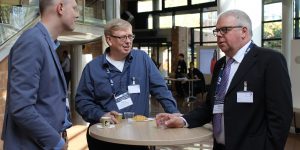
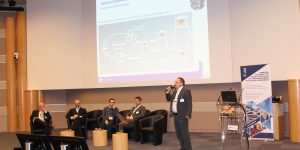
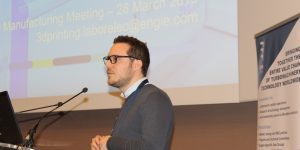
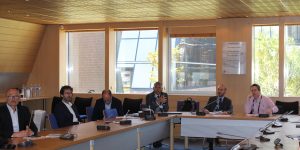
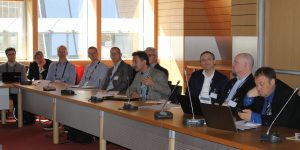
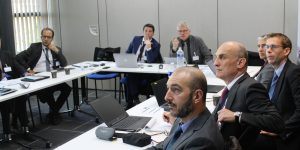
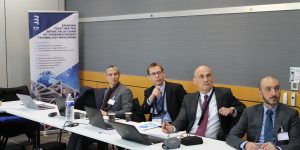
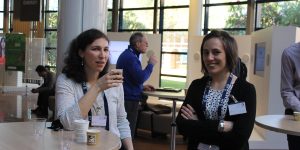
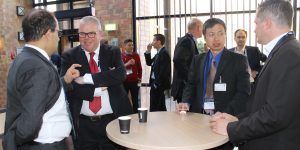
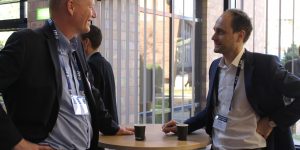
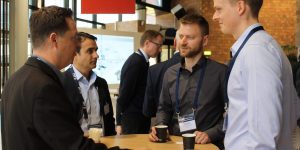
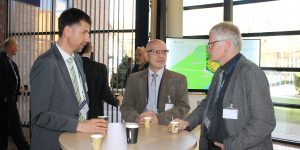
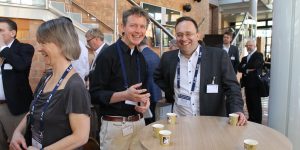


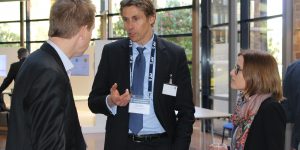
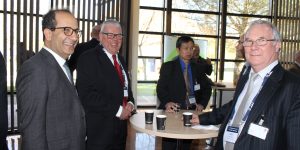
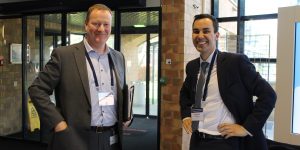
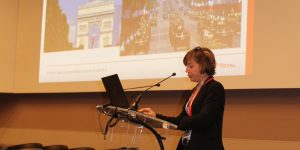
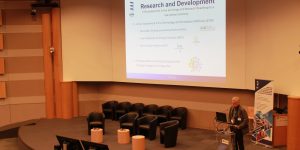
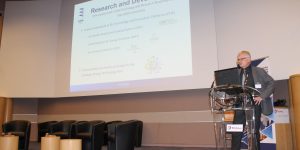
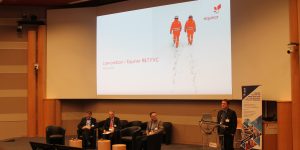
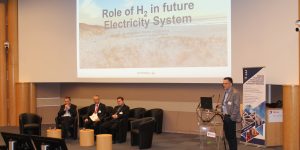
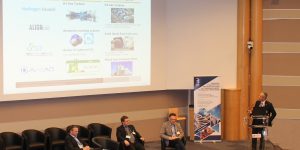
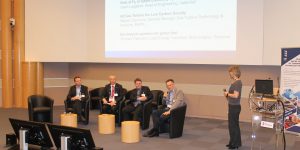

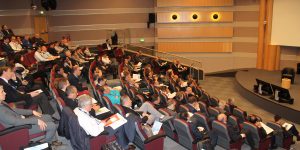
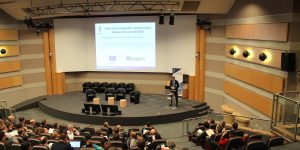
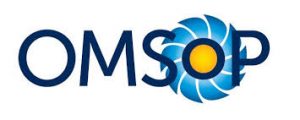 The OMSoP project, co-funded by the European Union’s 7th Framework Programme for Research and Development aims to provide and demonstrate technical solutions for the use of state-of-the-art concentrated solar power system (CSP) coupled to micro-gas turbines (MGT) to produce electricity. The intended system will be modular and capable of producing electricity in the range of 3-10 kW.
The OMSoP project, co-funded by the European Union’s 7th Framework Programme for Research and Development aims to provide and demonstrate technical solutions for the use of state-of-the-art concentrated solar power system (CSP) coupled to micro-gas turbines (MGT) to produce electricity. The intended system will be modular and capable of producing electricity in the range of 3-10 kW.

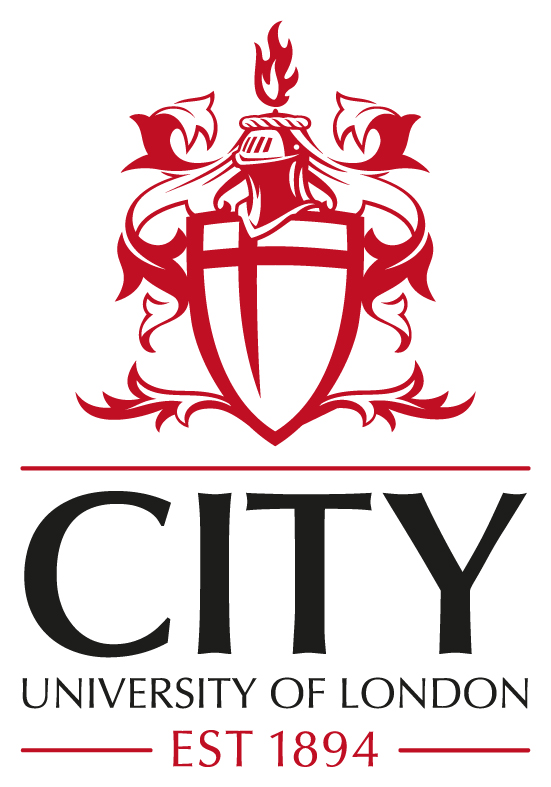
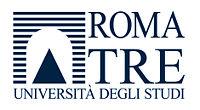

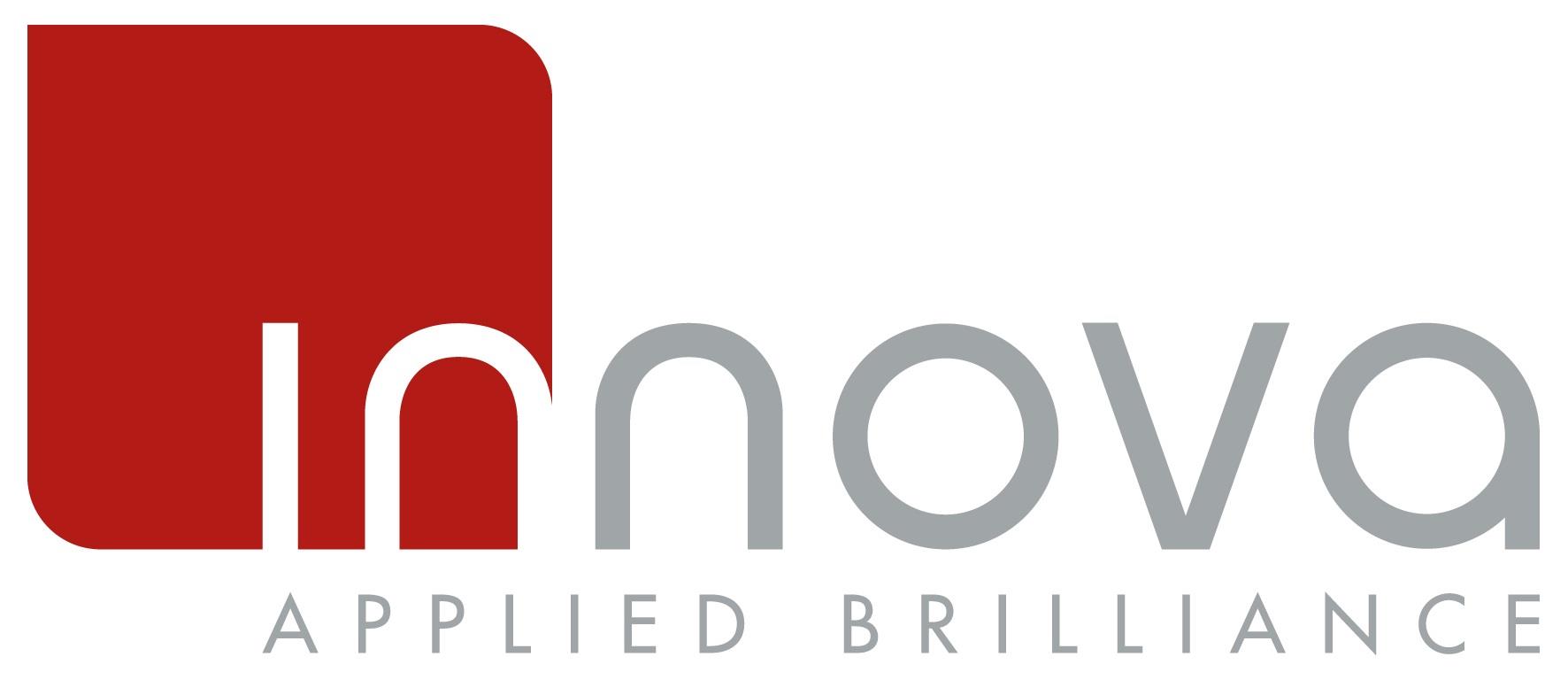
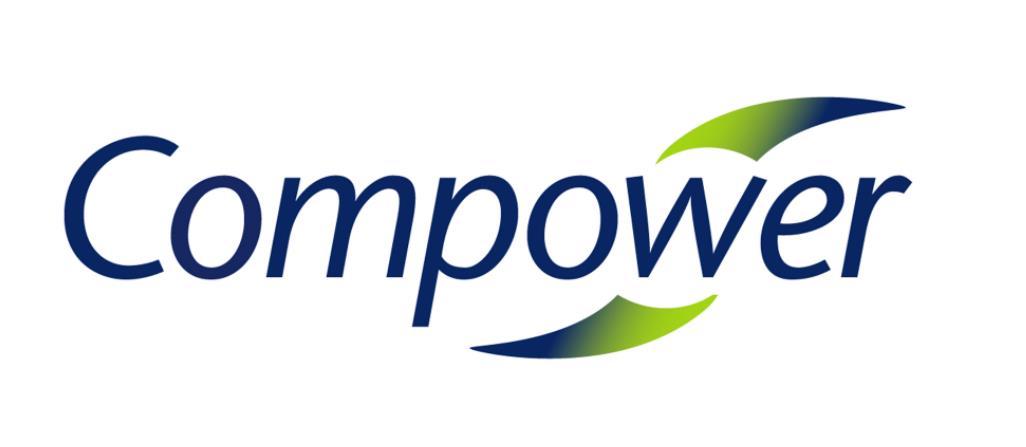


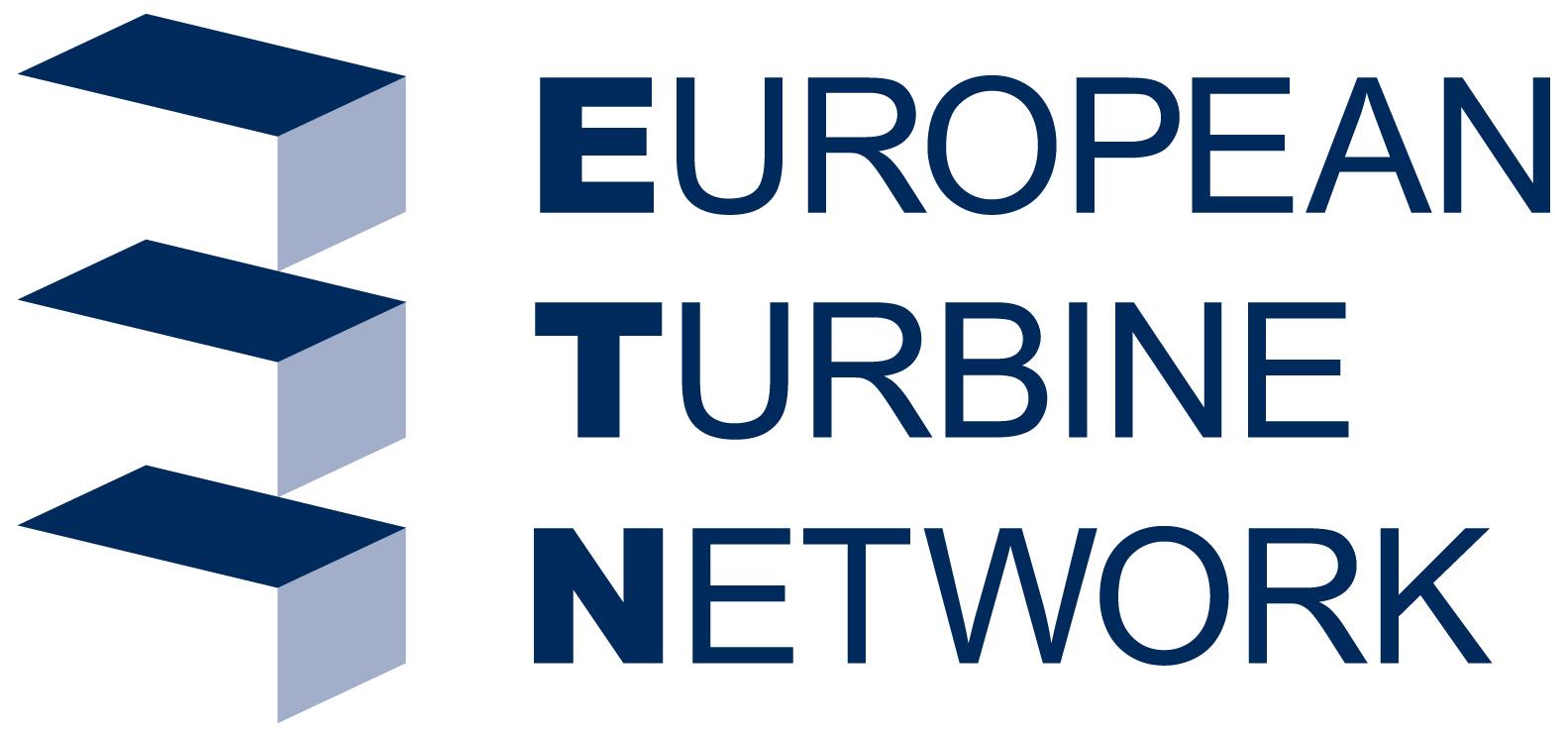



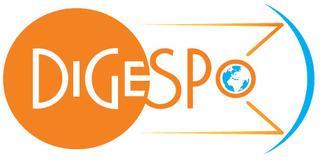
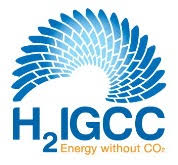

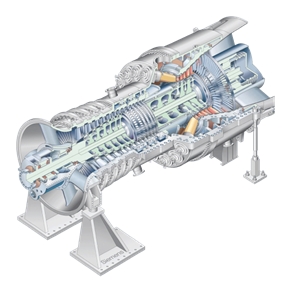 Acronym: H2-IGCC
Acronym: H2-IGCC Over the past decade, a number of initiatives on clean coal technology and IGCC have started around the world. Successful mitigation of climate change requires global efforts. Therefore, international knowledge sharing is essential to significantly reduce the time and the cost of bringing CCS to the market. Research findings and results of the H2-IGCC project will be publicly disseminated at international conferences and on this website.
Over the past decade, a number of initiatives on clean coal technology and IGCC have started around the world. Successful mitigation of climate change requires global efforts. Therefore, international knowledge sharing is essential to significantly reduce the time and the cost of bringing CCS to the market. Research findings and results of the H2-IGCC project will be publicly disseminated at international conferences and on this website.

